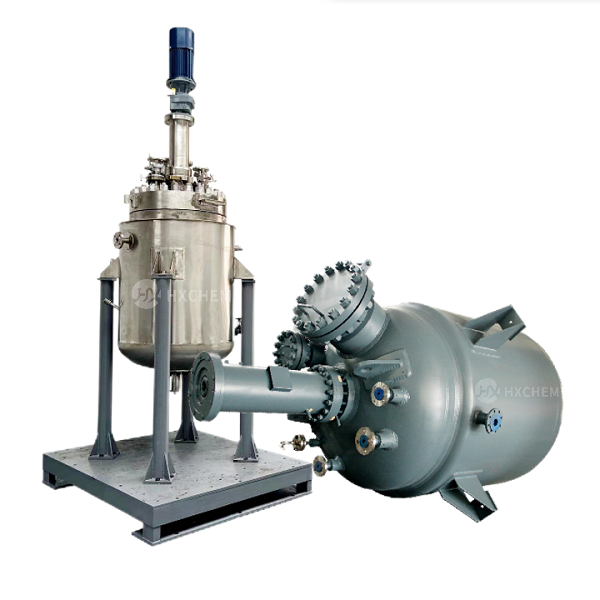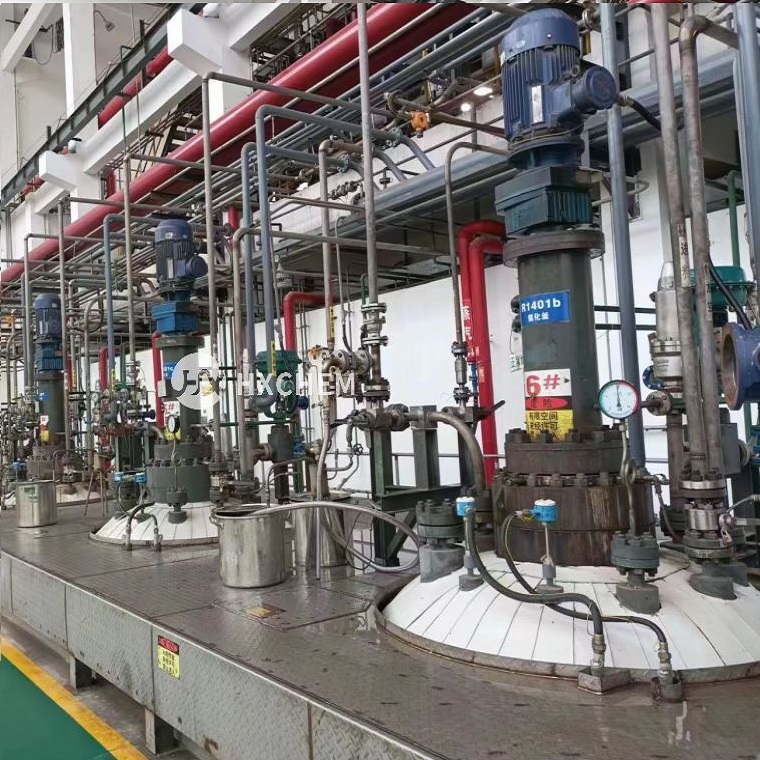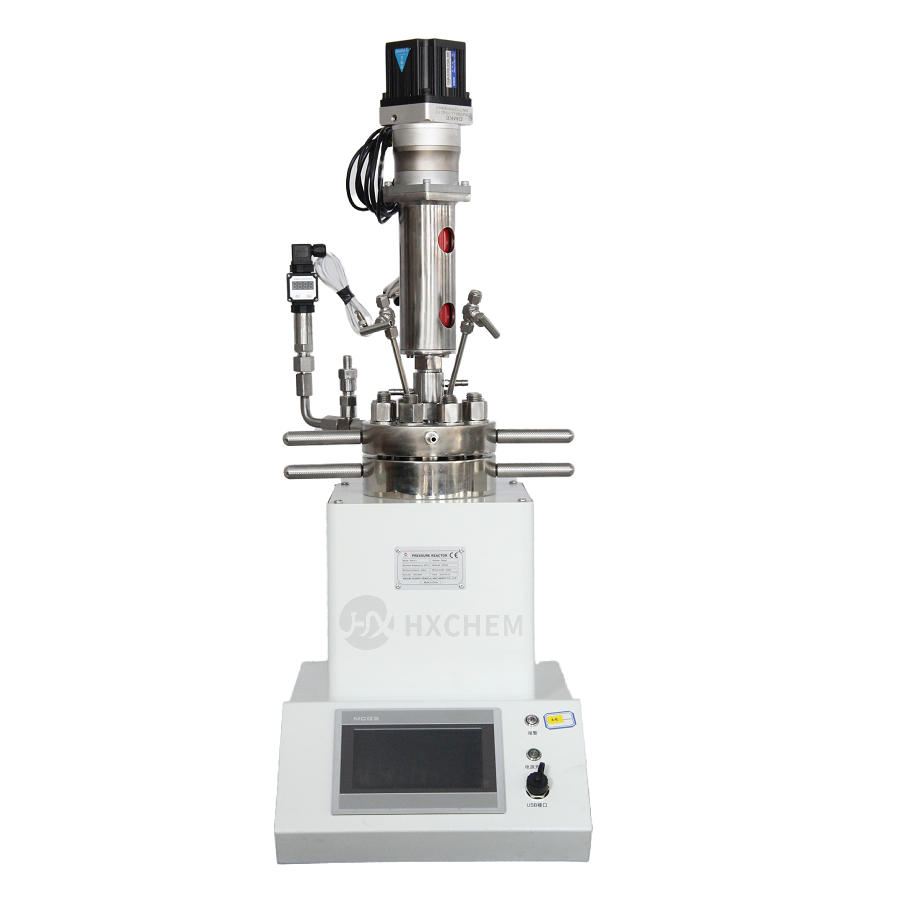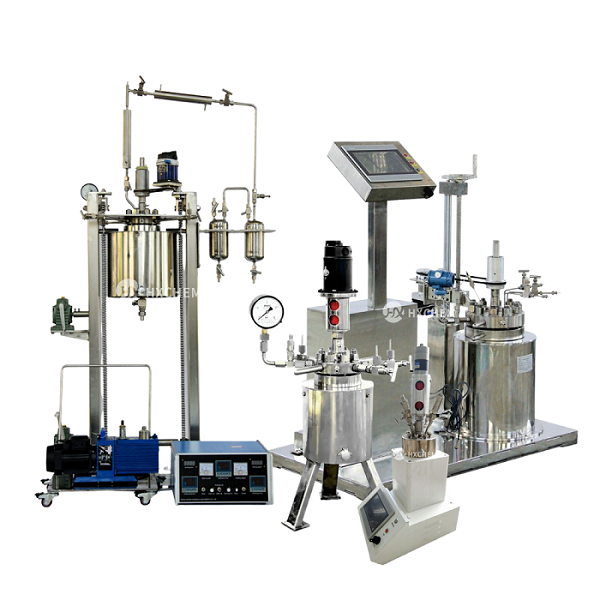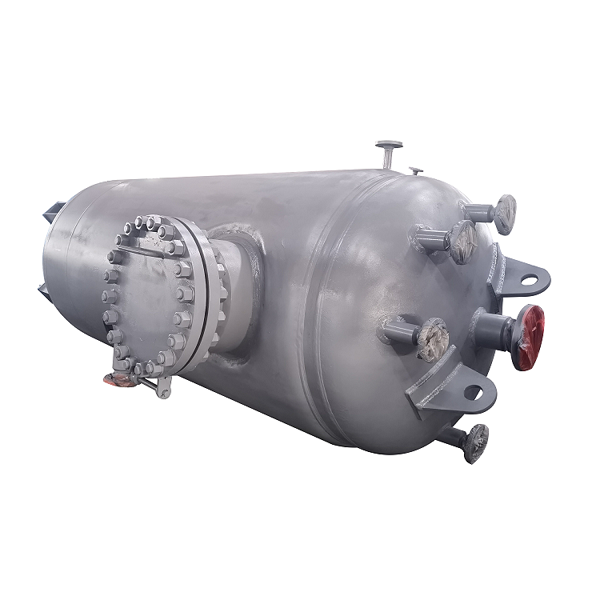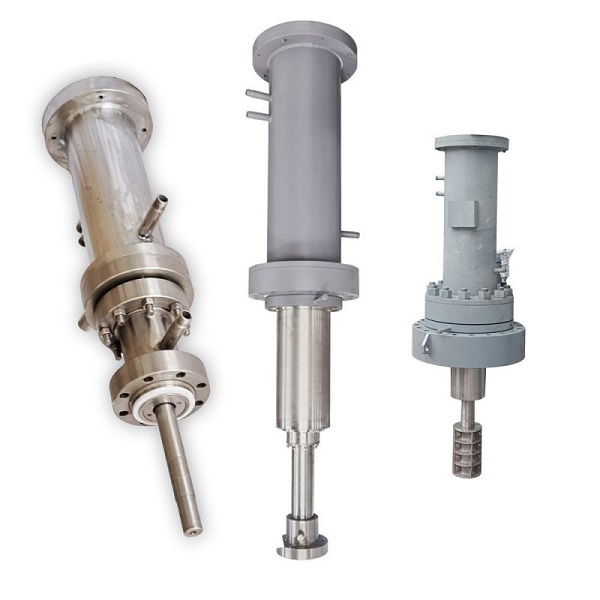Product recommendation
HYDROGENATION REACTORS
The hydrogenation reaction usually involves a three-phase slurry - the liquid oil.the solid catalyst in slurry phase and the hydrogen bubbles as the gas phase. Asthere are a number of phase boundaries the mass transfer, and especially thehydrogen dispersion, is a very important factor. The mixing system that isemployed in the reactor influences the mass transfer coefficient of the gas-liquidtransfer greatly.

The types of mixing systems currently in use can be divided into two broad types
Stirred Vessels(External) Loop reactors
Stirred Vessels
These are usually batch “dead-end“ (i.e. no external recirculation of hydrogen)reactors.
In the past recirculation reactors were often used where the hydrogen wasrecycled externally from the reactor. This type is no longer widely used.
The main differences between the dead-end stirred reactors are usually withwhat type of impeller is used and how the entrainment of hydrogen from theheadspace is enhanced.
The main types can be categorized as follows:
Flat blade turbine impeller (Rushton):
This is the most common type of impeller in use. lt usually has 6 blades although this number may vary - bolted to a disc on a rotating shaft. lt generatesradial flow patterns. The hydrogen sparger is quite often the ring form just belowthe impeller. This is probably the most common impeller in edible oil reactors(especially older ones) but it is by no means the ideal one for dispersion of thehydrogen in the oil.
CD-6/BT-6 impeller (Chemineer):
This is an improvement on the previous impeller with higher mass transfercoefficients and lower probability of cavitation. There is some information belowon the CD-6 and BT-6 from the Chemineer website.
Axial impeller (Lightnin):
While the previous two impellers have radial mixing patterns, an axial mixingpattern is given by the A315 (downward) and A340 (upward) pumping impellersfrom Lightnin. The manufacturers claim this has better hydrogen induction fromthe headspace and gives better hydrogen dispersion in the bottom half of thereactor.
Please visit product page for more information
-
Catalytic Hydrogenation Reactor
HXCHEM specialize in hydrogenation reactor from lab to industrial. Volume: 100ml - 40kl Design pressure: 20-120bar Design temperature: Up to 350℃ Wetted material:SS304, SS316, C276 cladding . Certificate: GB; ASME U stamp; ISO certified; PED; Advantages: High gas induction tech, Non leakage magnetic coupling drive, High pressure equipment design and fabricate ability.
More


